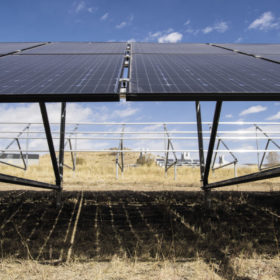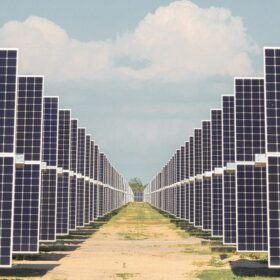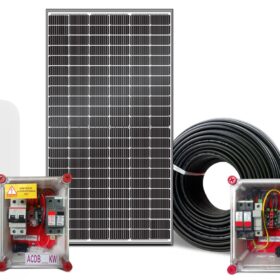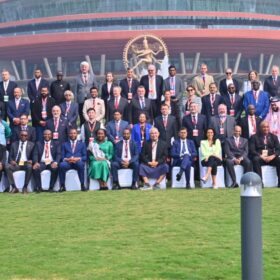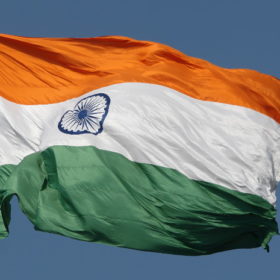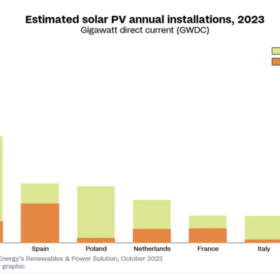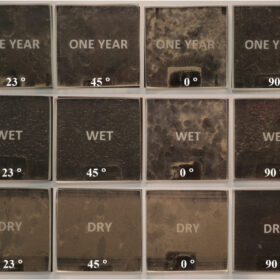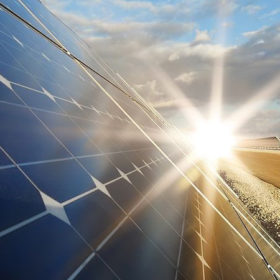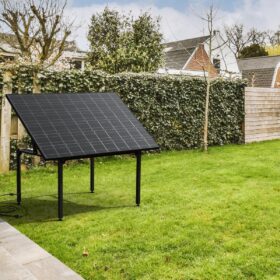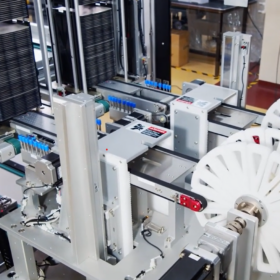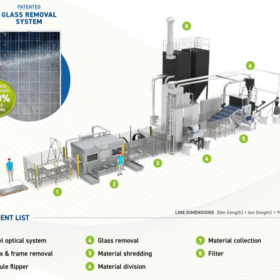US, China dominate solar investment
China and the USA have been consistently attracting the most annual solar investments. Together, these have received about 50% of all solar investments since 2015, according to a new report released by the International Solar Alliance at its sixth assembly in New Delhi.
Global PV must grow to 5,400 GW by 2030 to limit global warming
The International Renewable Energy Agency said in a recent report that the scale of the energy transition needs ‘urgent’ acceleration to meet Paris Agreement climate emergency targets. Solar PV deployment, in particular, must ramp up and increase fourfold by the end of the decade.
Investigators still uncertain about cause of 30 kWh battery explosion in Germany
A lithium iron phosphate (LFP) battery system recently exploded in a home in central Germany, preventing police and insurance investigators from entering due to the high risk of collapse. The explosion may have been preceded by off-gassing, but it remains unclear whether an external ignition source was the cause. Some scientists say thermal runaway may have triggered the blast.
Panasonic launches residential solar kits
Panasonic Life Solutions India has launched residential solar kits in India that are easy to install and maintain. The kits include BIS- and IEC-certified solar modules and inverters and come with a mobile app-based energy monitoring system.
India hosts sixth session of International Solar Alliance Assembly in New Delhi
The Assembly has decided to increase the viability gap funding for solar projects in member countries from 10% of the project cost to up to 35%, depending on the capacity and needs of the countries and their respective projects.
ISES Solar World Congress comes to Delhi
The International Solar Energy Society’s Solar World Congress 2023 has started in New Delhi, alongside the sixth session of the International Solar Alliance Assembly.
Europe to add 58 GW of solar in 2023
Europe’s solar installation levels are exceeding expectations and are on track to grow 30% this year from 2022, according to Rystad Energy.
The impact of soiling on PV module transmittance
A European group has looked into the soiling impact on PV modules in Oman. They have collected 60 samples, based on season, month and tilt angles.
Waaree Renewable Q2 profit surges 124.18% YoY
Waaree Renewable Technologies has reported a revenue of INR 150.06 crore (around $18 million) and a net profit (profit after tax) of INR 18.29 crore for the quarter ending Sept. 30.
German company offers 400 W solar table
Technaxx, a German company, has developed a 400 W solar table that combines the functionality of an outdoor table with a power generation unit, using PERC technology for its solar modules.
